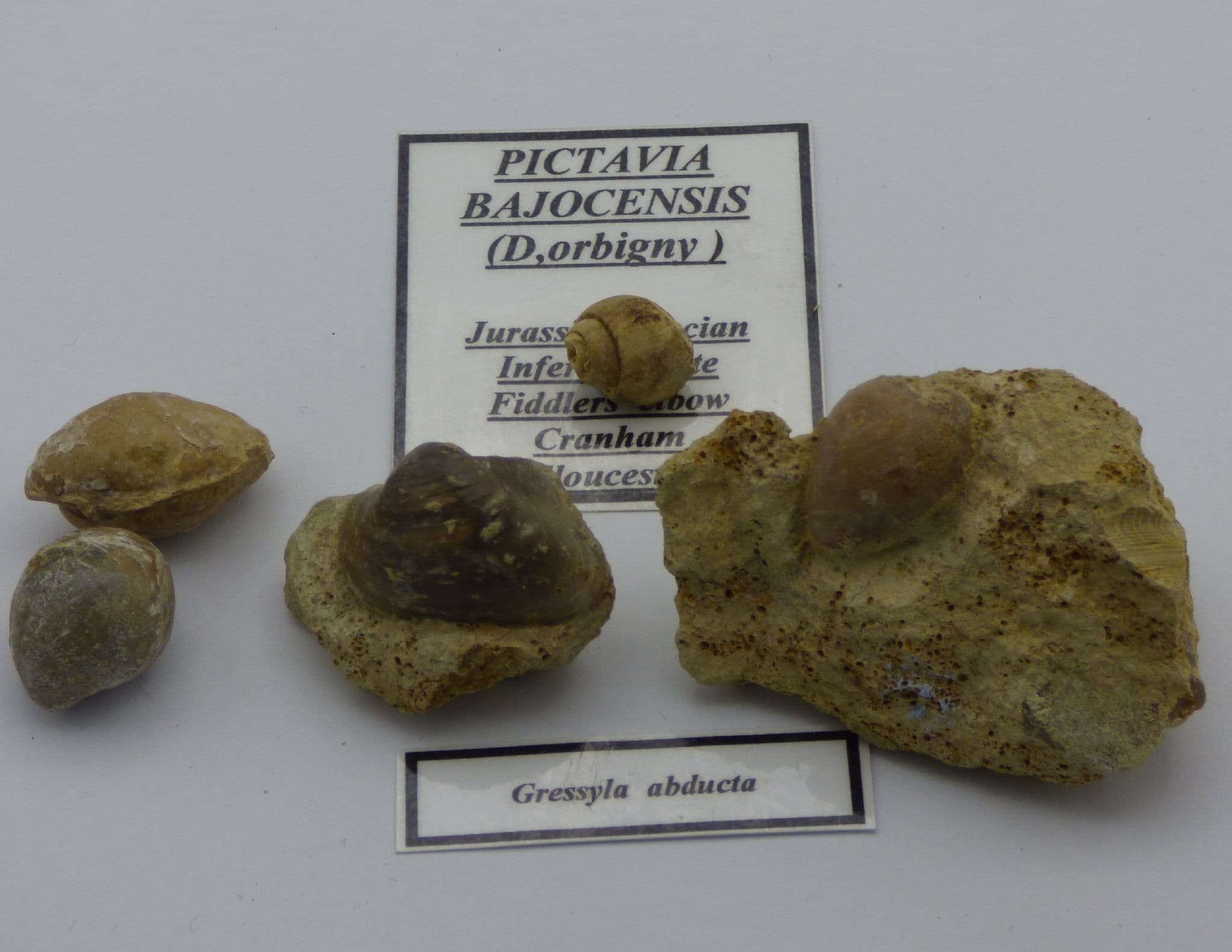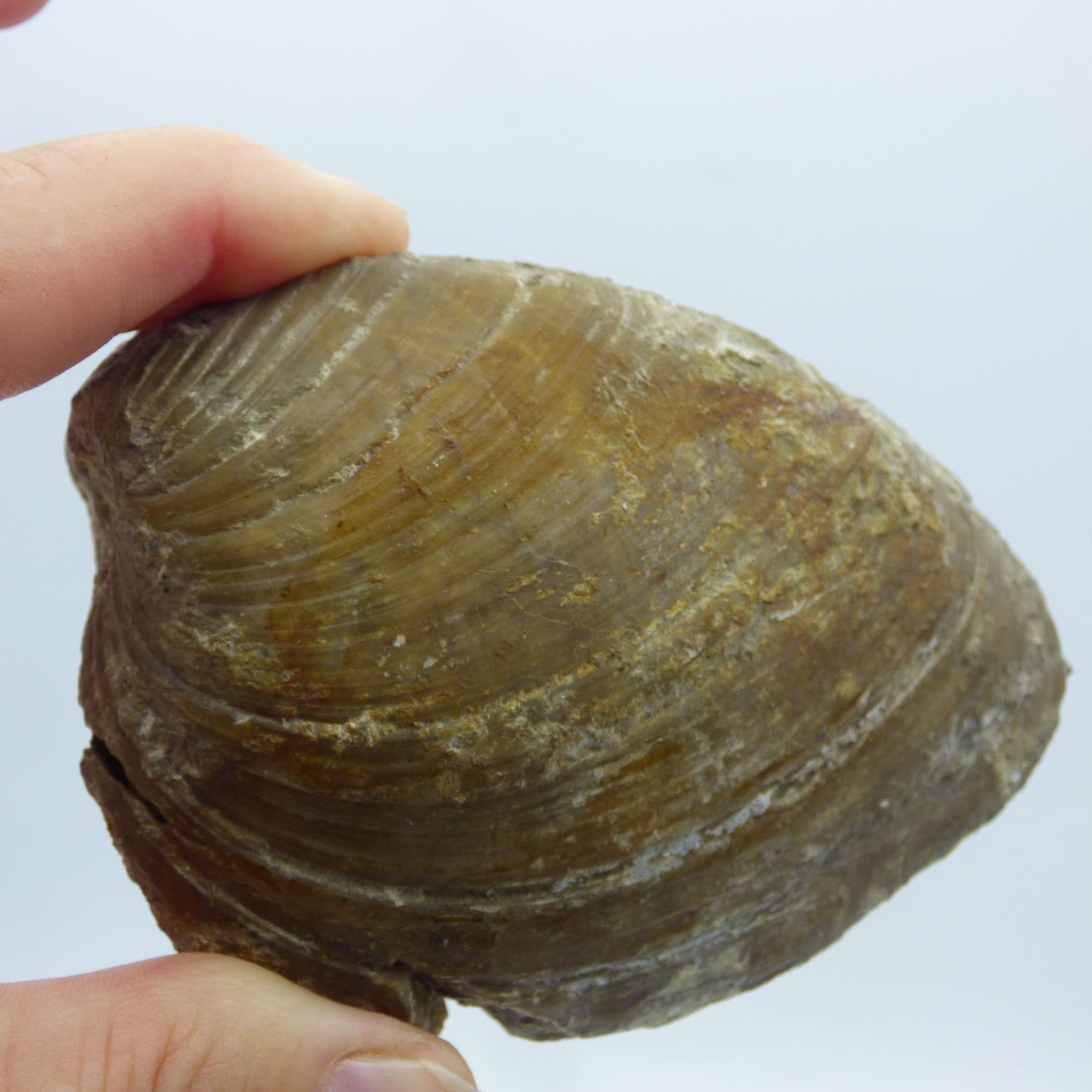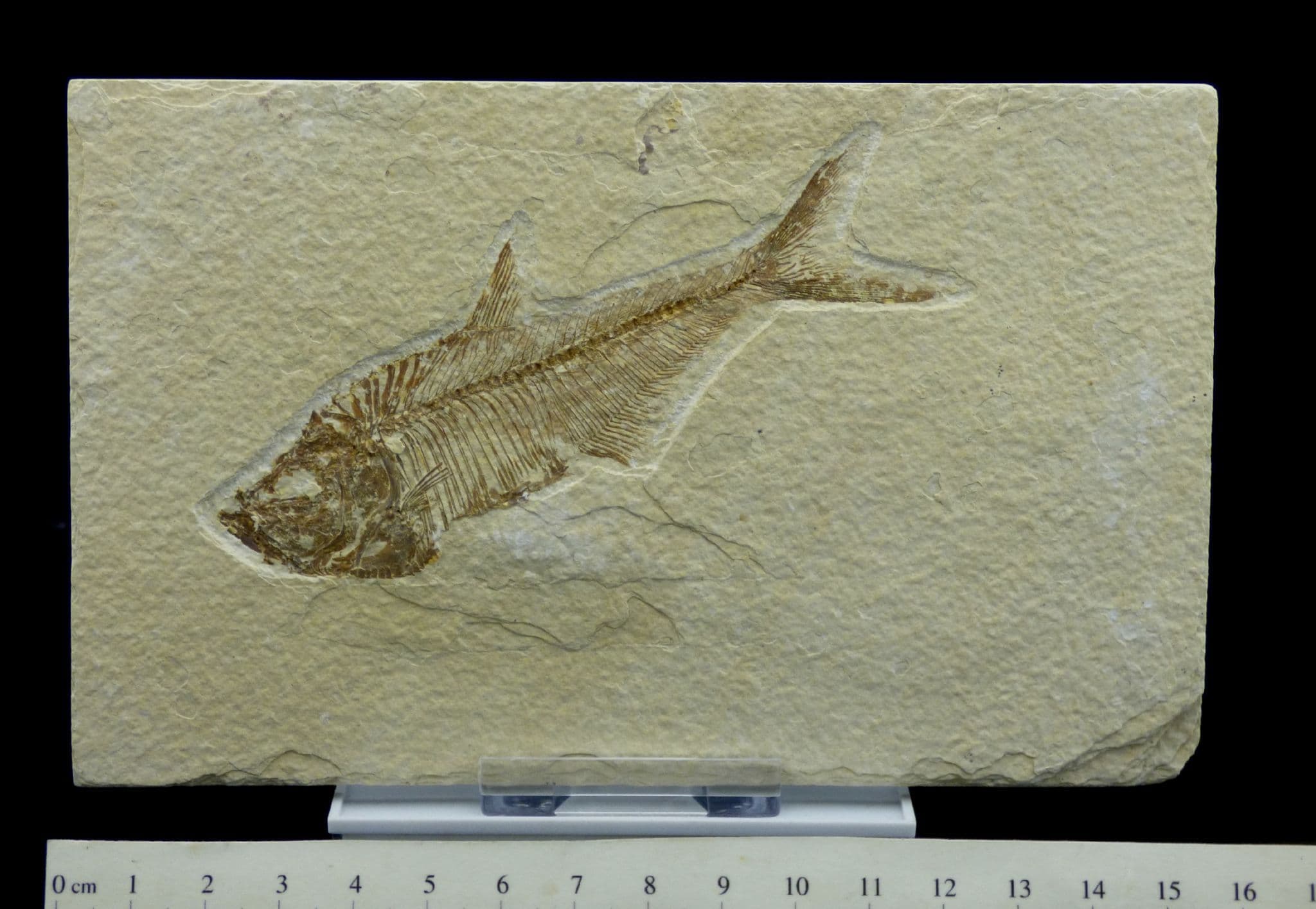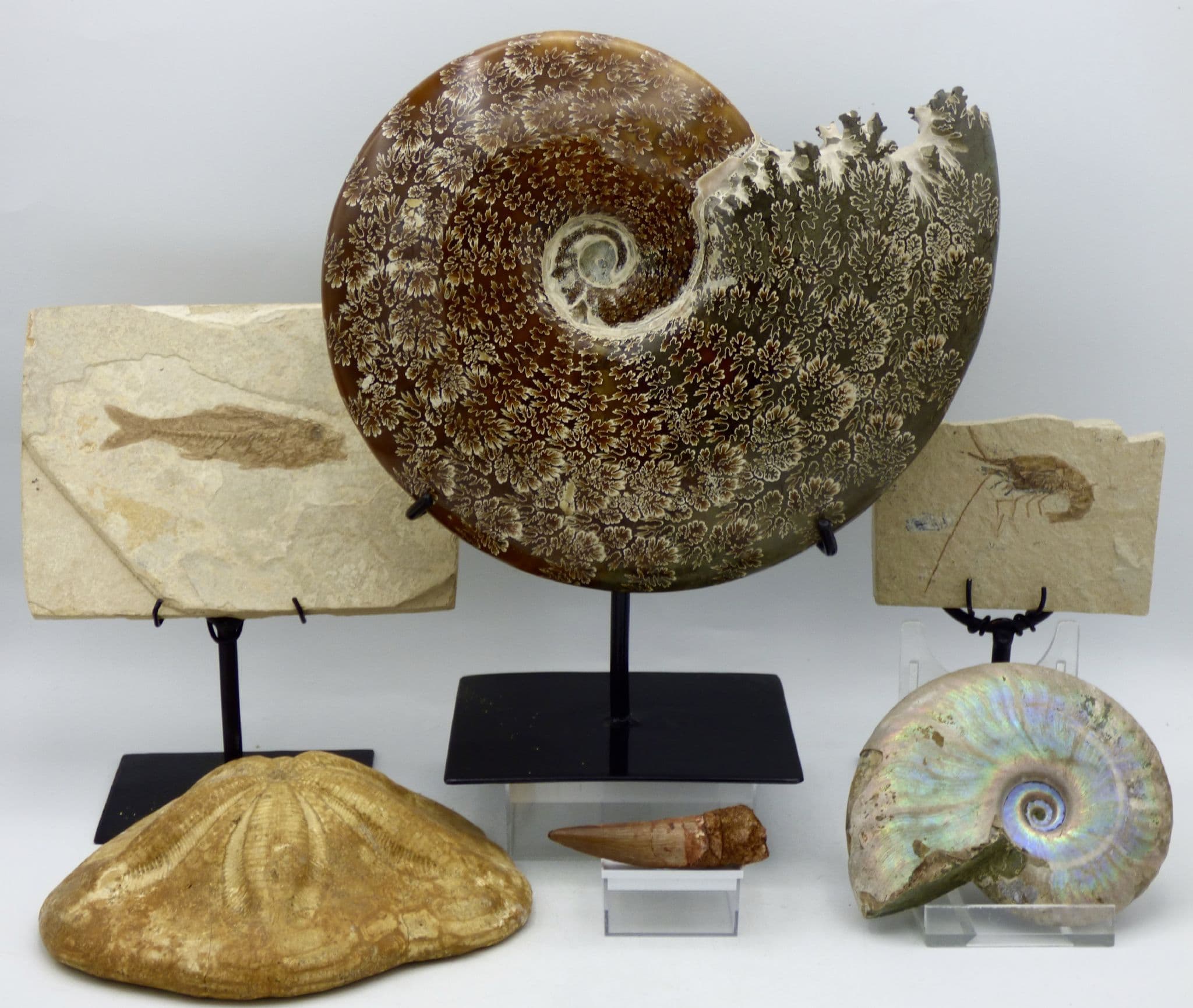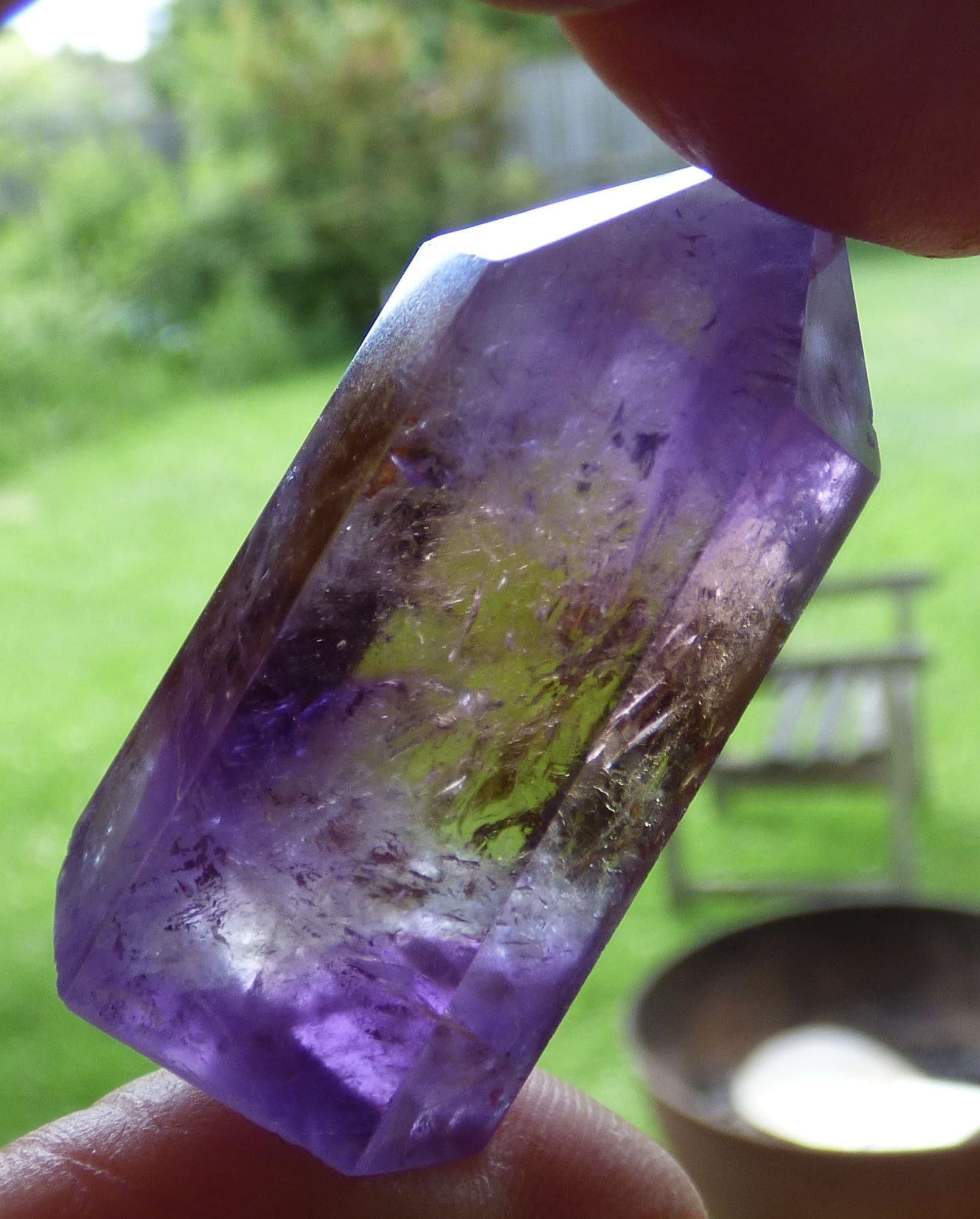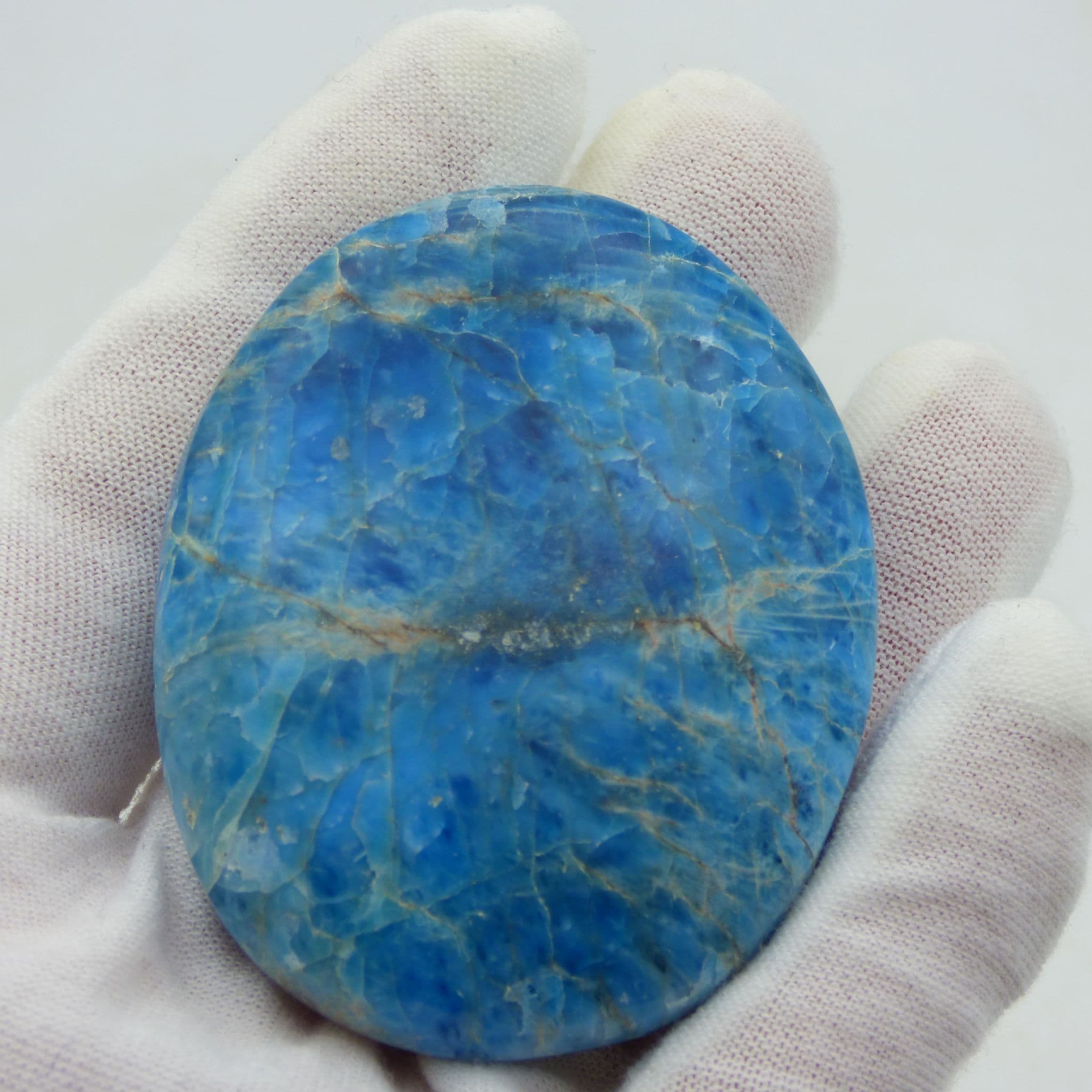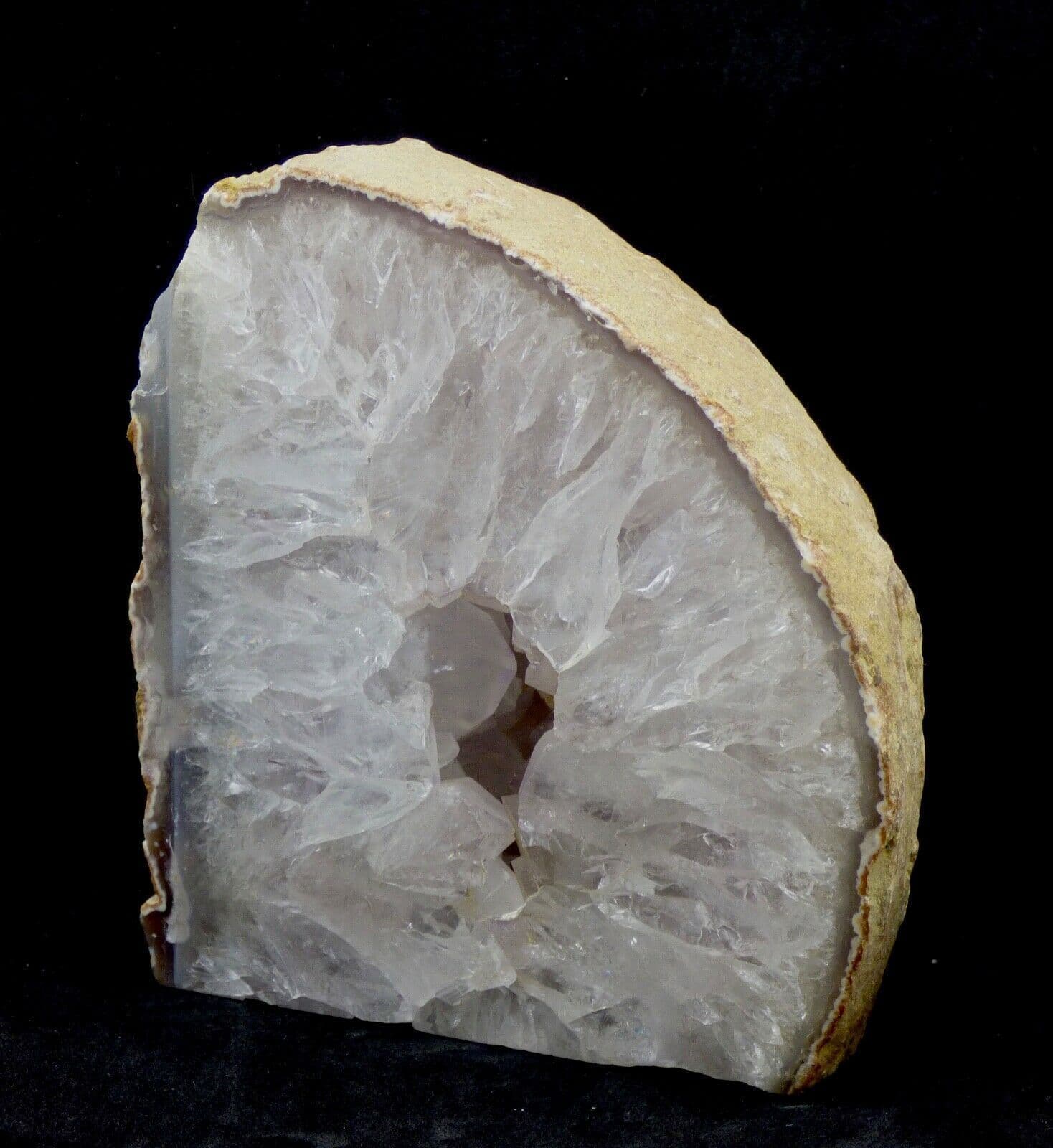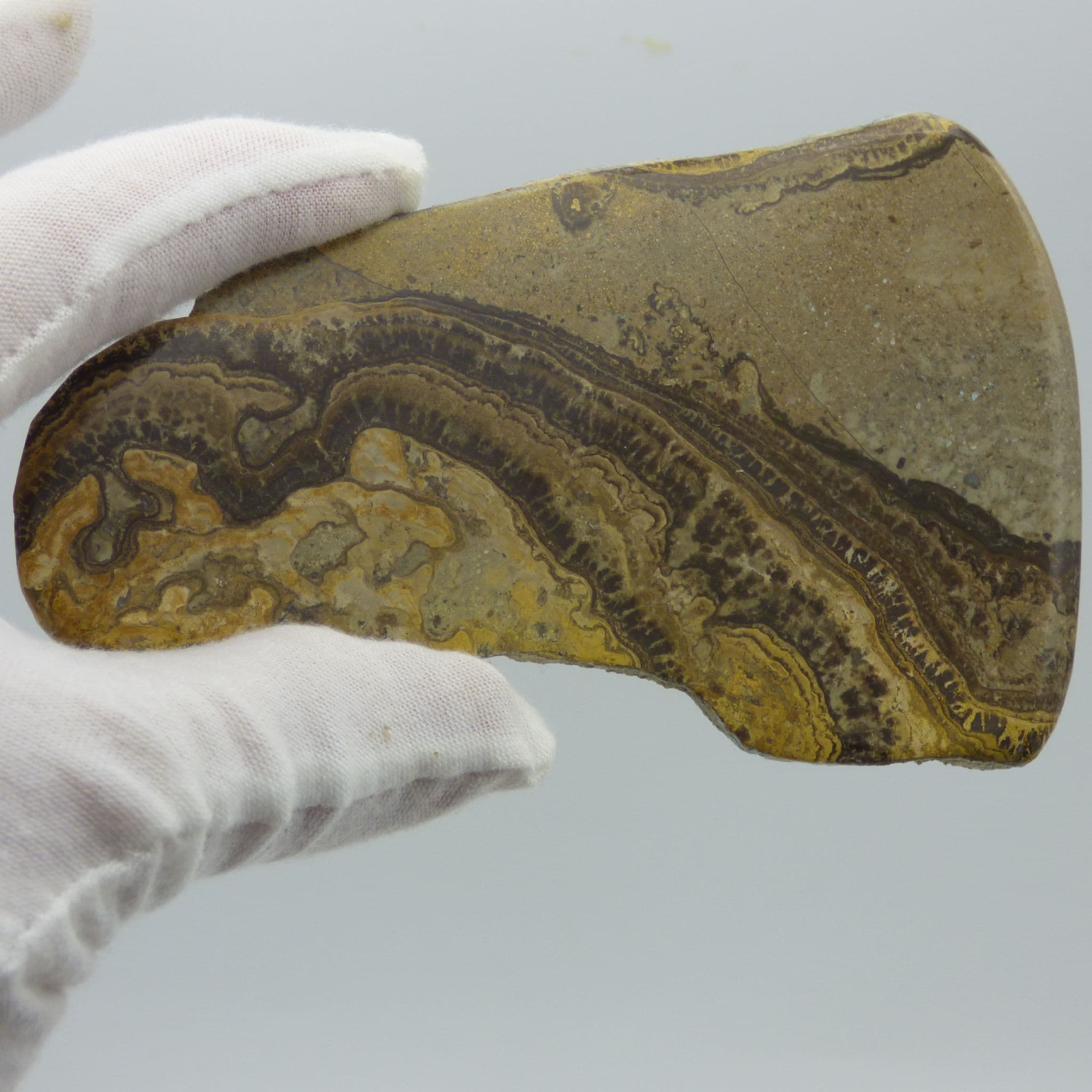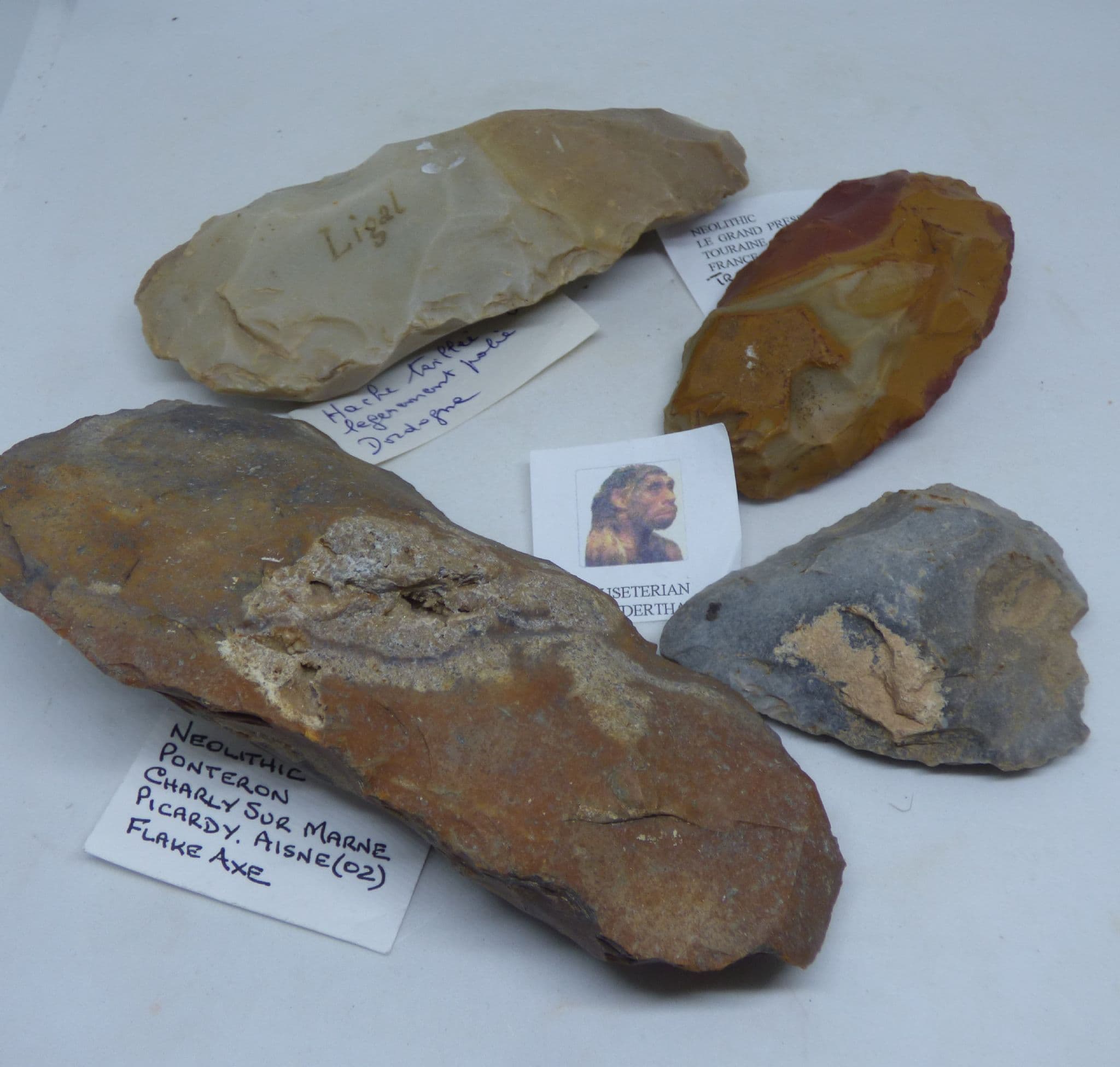Fossil Bivalve Plagiostoma Giganteum South Wales -UK+Display Stand
Estimate delivery times: 12-26 days (International), 3-6 days (United States).
Return within 30 days of purchase. Duties & taxes are non-refundable.
Guarantee Safe Checkout

Fossil Bivalve Plagiostoma Giganteum South Wales -UK+Display Stand
Fossil Bivalve Plagiostoma Giganteum South Wales -UK+Display Stand
Date: Jurassic. Hettangian/Lower Sinemurian.
Provenance Lavernock Point, South Wales, UK
Size: 12.7 x 11.5 cm weight 1 kg
Condition: As seen
CODE 100-29
Bivalves are a diverse group of marine and freshwater mollusks characterized by their hinged, two-part shells, which encase their soft bodies. These organisms belong to the class Bivalvia and are commonly referred to as clams, mussels, oysters, scallops, and cockles. Bivalves have inhabited Earth's oceans, rivers, lakes, and streams for millions of years and play essential roles in aquatic ecosystems as filter feeders, sediment stabilizers, and food sources for various marine organisms.
The shells of bivalves are composed primarily of calcium carbonate and are typically symmetrical along their hinge axis. They can vary greatly in size, shape, color, and ornamentation, reflecting the diverse habitats and lifestyles of different species. Some bivalves have smooth, elongated shells adapted for burrowing in sediment, while others have thick, ribbed shells suited for attachment to rocks or other substrates. The shells of some bivalves exhibit intricate patterns or iridescent colors, adding to their visual appeal.
Bivalves possess a simple anatomy, with a muscular foot used for burrowing, locomotion, or anchoring, and a pair of gills used for respiration and filter feeding. They feed by drawing water into their shells through an inhalant siphon, filtering out microscopic plankton, detritus, and organic particles, and expelling the filtered water through an exhalant siphon.
Bivalves are ecologically and economically important organisms, serving as indicators of environmental health, contributors to nutrient cycling, and valuable sources of food and resources for humans. Their shells are commonly found as fossils in sedimentary rock formations, providing valuable information about past environments, climate, and biodiversity.
Overall, bivalves are fascinating creatures that have adapted to a wide range of aquatic habitats and lifestyles, making them integral components of Earth's ecosystems and important subjects of scientific study and admiration.

